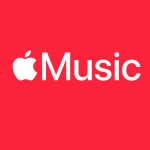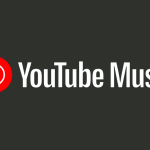Given your feedback, many of you have enjoyed our articles on the TIDAL and Deezer stories. That’s why we’re back today with another streaming giant: the history of Apple Music.
Surprising as it may seem, the story of Apple Music is relatively recent. It was only late in the game that Apple launched its streaming service after years of occupying the field with iTunes.
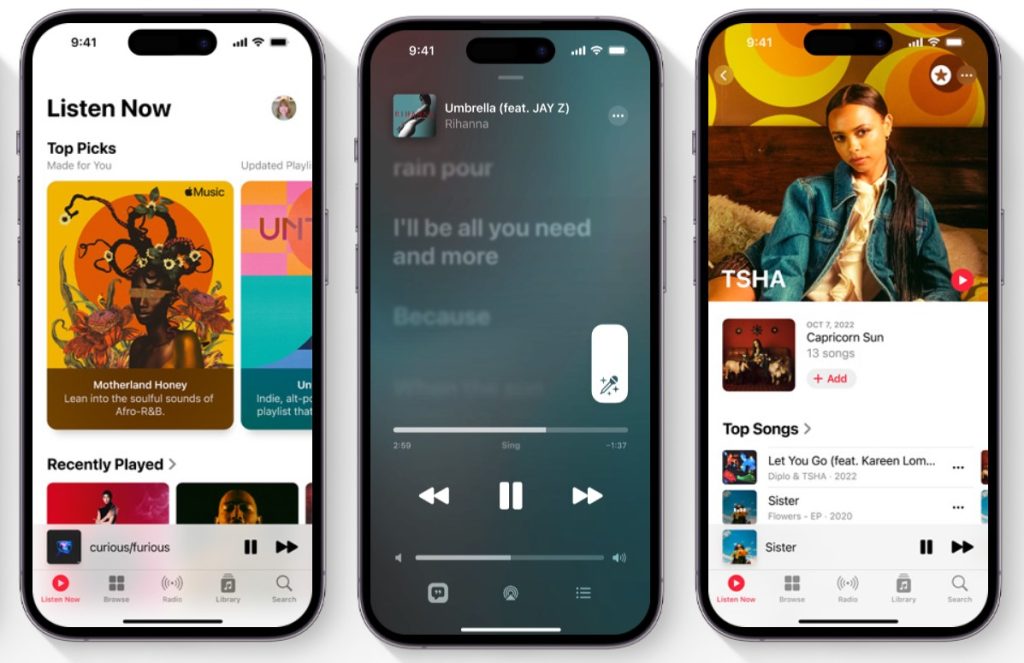
Today, Apple Music is one of the leading streaming services. And it’s not just about music. With radio stations, solid editorial content, and a host of highly identified journalists in each of the major markets who also produce exclusive content, Apple Music has everything it takes to occupy the top spots.
The foundations of the history of Apple Music
The foundations of Apple Music date back to 2000. When iTunes was unveiled that year, it looked like a revolution. The Internet was booming, and the MP3 format was gaining importance. Many specialists saw the arrival of iTunes as a watershed moment for the music world. The application, which can be downloaded to a computer, lets you manage your music library and export it to an iPod, the mp3 player purchased by millions.
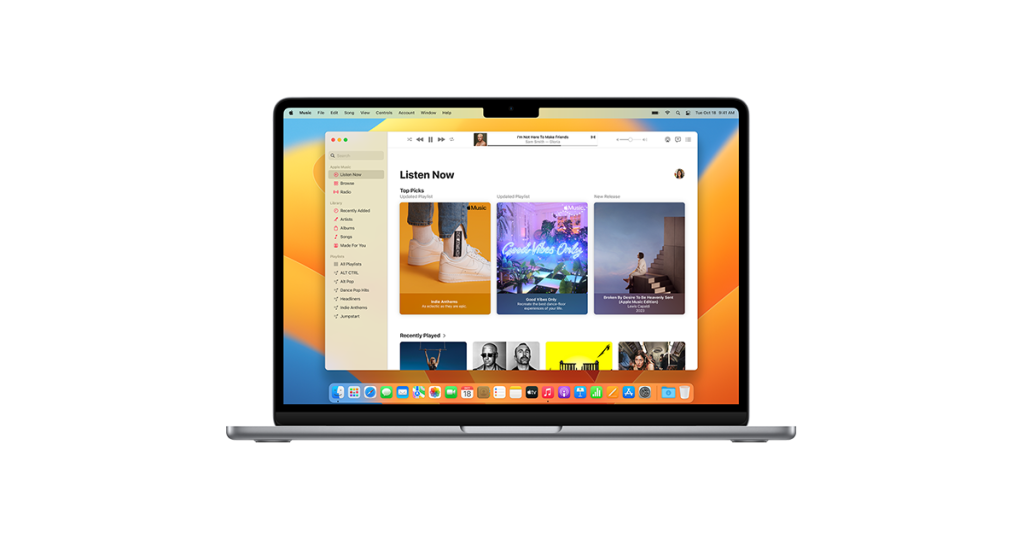
For those with many CDs or wanting to buy MP3s, iTunes lets you organize and listen to them on the move. Everything changes: music is no longer frozen in one place but can be listened to anywhere, all the time.
Piracy and upheaval
However, the arrival of illegal piracy changed everything.
iTunes was also used to transfer the thousands, if not hundreds of thousands, of illegal MP3 files. It is turning the music world upside down, and Apple is trying to find alternative solutions. Industry professionals sometimes single out iTunes: it is accused of providing an easy-to-use tool for pirates. Yet Apple’s device is 100% legal.
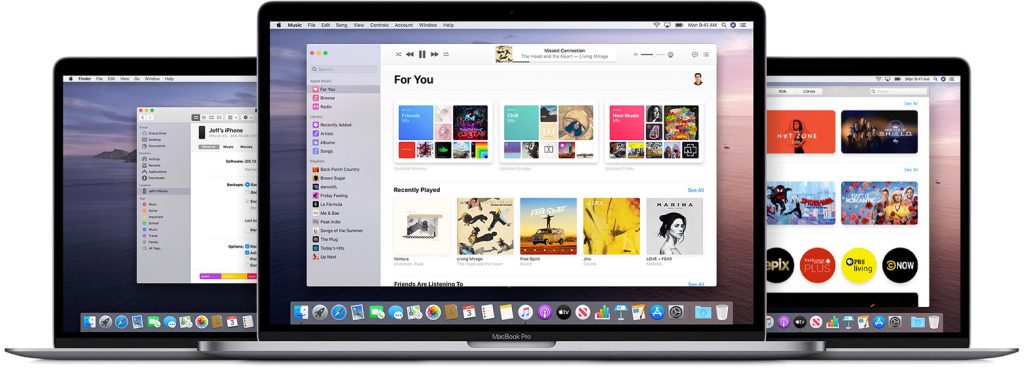
Buying entire albums via iTunes for $9.99 or individual songs for 99 cents is possible. The library of songs and albums is enormous, and Apple is changing how music is bought and consumed. The recording industry sees this as a positive development, as iTunes represents a significant additional source of revenue, even if some – like today – are concerned about the low percentage of royalties received on each sale.
But as the 2010s approach, Apple is at a turning point in its history. Numerous competitors were beginning to enter the music streaming market, but Apple turned the corner slowly. iTunes’ market share is falling dangerously, and it’s time to act fast.
The big break in the history of Apple Music
Everything changed in 2014 when Apple bought Beats Electronics. Apple then owned Beats Music, a digital streaming service based on a subscription system. With this purchase, Apple absorbed Beats Music subscribers and brought them together under a single entity: Apple Music. Beats Music already had a fine reputation as a music curator, notably via DJ Zane Lowe, who also joined Apple.
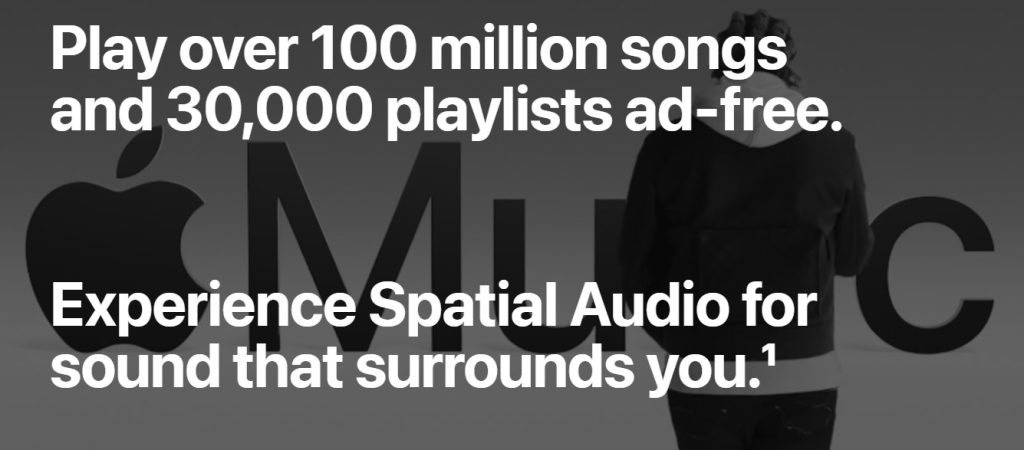
In June 2015, Apple published a press release on its site – still readable – announcing the arrival of Apple Music, scheduled for June 30, the official launch date. Apple Music. Beats Music, meanwhile, officially closed its doors on November 30, 2015. The focus is on the user interface, the playlist curation strategy, and Apple Music’s ease of use with other Apple devices. Apple Music is designed as a total experience.
Development
From the outset, Apple Music adopted an aggressive strategy to catch up with competitors such as Spotify (2006), which had existed for some time. For example, they contacted numerous labels to ask them to withdraw their catalogs from YouTube, Amazon Music, or Spotify in favor of Apple Music. It is one of the starting points of the historic conflict between Apple Music and Spotify. The two companies have gone from a logic of banal competition to a pitched battle, almost without faith or law. But that’s a story for another day.
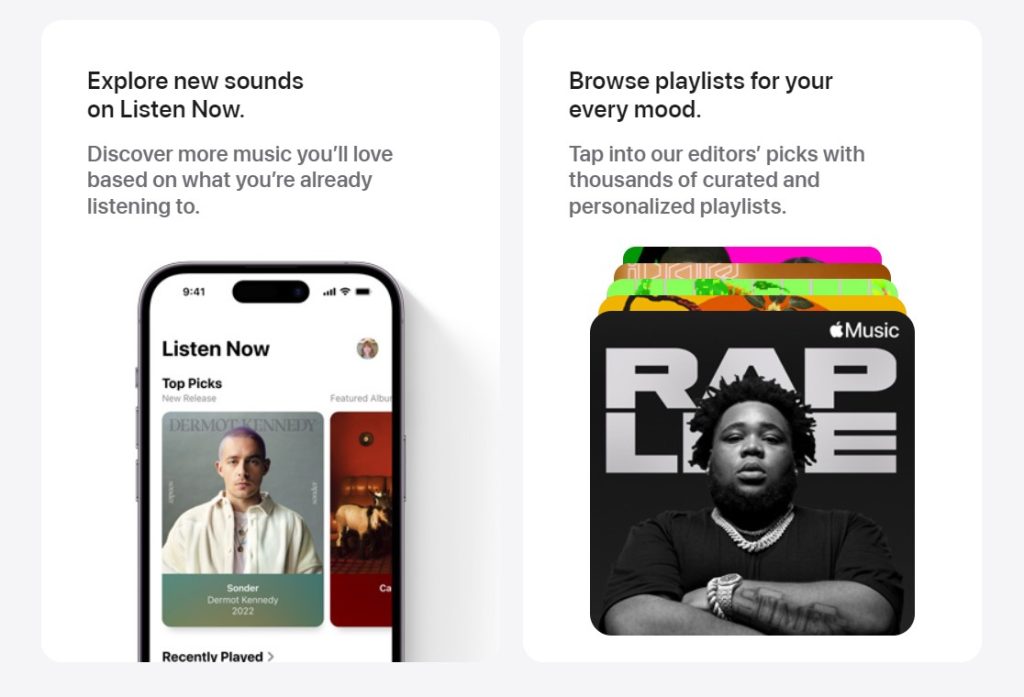
Since its launch, Apple Music has been available in one hundred countries. It underwent several price and subscription formula evolutions before the one we know today.
Promises
Radio shows, events, podcasts… Apple Music plays on all fronts. Some of this content is accessible even without a subscription and aims to position it as the leader in streaming.
All this ties in with the aims of Jimmy Iovine, cofounder of Beats Electronics, who in 2016, a few months after the launch of Apple Music, declared that he wanted to make the platform a cultural hub and an essential meeting place for everything related to Pop Culture. In 2019, Apple Music is launching Apple Music 1, a radio station formerly known as Beats 1. Still listenable today, it is broadcast 24/7 and welcomes the cream of American journalists, animators, and DJS, reinforcing Apple Music’s weight as a curator and cultural platform.
In addition to other initiatives, Apple Music has launched a program to support independent artists called “Up Next.” The aim is to offer them a platform for disseminating their music and supporting them in their promotion.
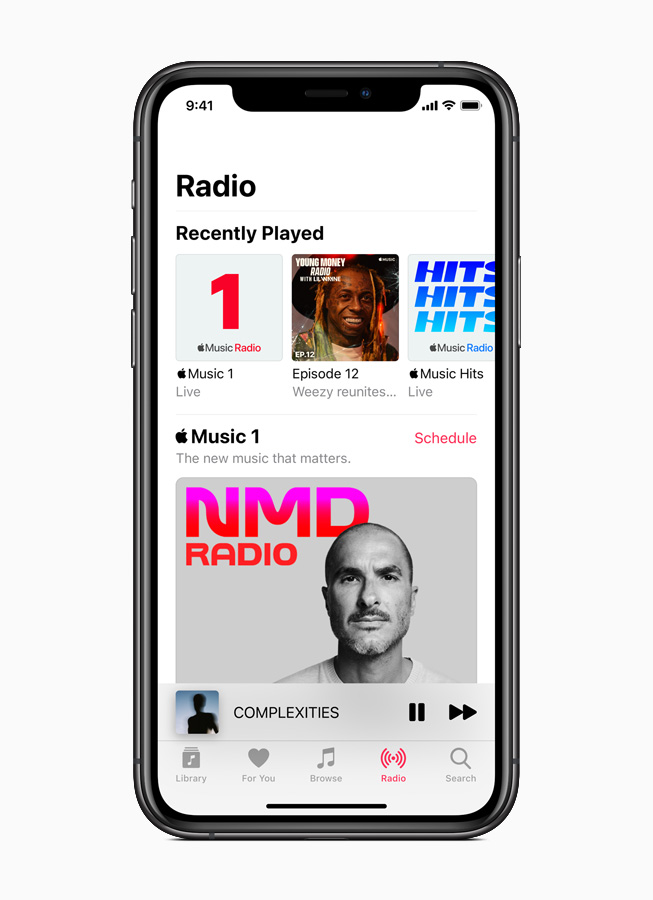
Apple Music recently launched Apple Music Classical, which we mentioned in this article. The aim is clear: to tap into the classical music listener segment, which until now has had little to offer.
It’s all part of the company’s diversification strategy as it launches more and more exclusive formats.
So Apple Music has plenty going for it, and there are plenty of reasons why you might want to try out its services. And that’s where Soundiiz comes in!
Why use Apple Music with Soundiiz?
Once you’ve signed up to Apple Music, you can extend your streaming experience with Soundiiz. We work hand in hand with the streaming platforms to offer you the best possible user experience. And yes, our services are 100% legal because we don’t download or retrieve any audio files.

With Soundiiz, once your Apple Music account is connected to your Soundiiz account, you can delete and update multiple playlists and manage everything in one place: you can keep your playlists up to date and never out of date.
And don’t worry if you’ve already subscribed to Spotify, Deezer, or YouTube Music. One thing that holds many people back in their decision to switch streaming platforms is the fear of losing data (playlists, favorite songs, etc.) accumulated over the years on their old streaming service.

Soundiiz allows you to avoid the embarrassing situation of arriving on Apple Music and starting from scratch. Building up a library of artists, songs, albums, or playlists… Wouldn’t that be frustrating?
With Soundiiz, you can find all your Spotify, Deezer, TIDAL, YouTube Music, and other data directly in your Apple Music account in just a few seconds.
How does it work? It’s so easy! You can use our Transfer function.
There you go: subscribe to Apple Music and import your data using Soundiiz!

